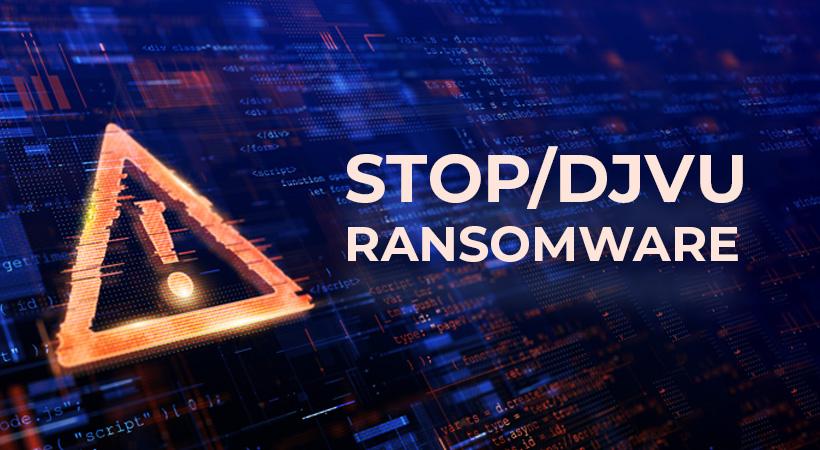The Mlrd Ransomware is a malicious software that has been causing havoc in the digital world by encrypting files and demanding a ransom for their release. In this comprehensive article, we will delve into the details of what Mlrd Ransomware is, how it spreads, and most importantly, how to remove it. Knowledge is power, and understanding the threat is the first step in protecting your data and devices.
What is Mlrd Ransomware?
Mlrd Ransomware is a type of malware, specifically belonging to the STOP/Djvu Ransomware family. It operates by infiltrating a victim’s computer and encrypting files, rendering them inaccessible. Once the encryption process is complete, Mlrd adds the ‘.mlrd’ extension to the filenames and leaves behind a ransom note file, typically named ‘_readme.txt.’ This note serves as a means for the cybercriminals to communicate with their victims and demand a ransom for the decryption key.
How Does Mlrd Ransomware Spread?
Mlrd Ransomware, like many other ransomware variants, spreads through various means, primarily focusing on exploiting human vulnerabilities and software weaknesses. Some common methods of distribution include:
- Malicious Email Attachments and Links: Phishing emails are a common vector for Mlrd Ransomware. Victims may unknowingly open attachments or click on links that lead to the malware’s installation.
- Malware Bundling: Mlrd may be distributed alongside other malware threats, such as RedLine or Vidar, in bundled packages, complicating the detection and removal process.
- Exploiting Software Vulnerabilities: Like other malware, Mlrd can take advantage of unpatched software vulnerabilities to gain unauthorized access to a system.
The Damage Mlrd Ransomware Causes
Once a device is infected with Mlrd Ransomware, the files are encrypted using a robust encryption method with a unique key. To regain access, victims are instructed to make a ransom payment to the cybercriminals, typically via cryptocurrency. The ransom note offers a glimmer of hope by allowing victims to decrypt one file for free, but this offer is limited to files without valuable information.
The ransom amount starts at $980 but can be reduced to $490 if the victim contacts the operators within the initial 72-hour period. Nevertheless, it is essential to understand that paying the ransom does not guarantee the recovery of data, and it is often discouraged due to the unethical nature of these transactions.
How to Remove Mlrd Ransomware
Dealing with Mlrd Ransomware requires a multi-pronged approach, involving both data recovery and removal of the malware from your system. Here are the steps to follow:
- Isolate the Infected Device: Disconnect the infected device from the network and other devices to prevent the ransomware from spreading.
- Do Not Pay the Ransom: Paying the ransom is discouraged as it encourages cybercriminals and does not guarantee data recovery.
- Restore from Backup: If you have regularly backed up your data to offline or cloud storage, restore your files from a clean backup. This will help you regain access to your data without giving in to the ransom demands.
- Use Anti-Malware Software: Install reputable anti-malware software and run a full system scan to detect and remove the ransomware.
- Update Software: Regularly update your operating system, applications, and security software to patch vulnerabilities that ransomware can exploit.
- Change Passwords: Change passwords for your online accounts to prevent further unauthorized access.
Conclusion
Mlrd Ransomware is a malicious software that can have severe consequences for its victims. It encrypts files and demands a ransom for their release, causing distress and financial loss. However, understanding how it spreads and taking the necessary precautions can significantly reduce your vulnerability to such threats. It is essential to stay informed, practice safe online habits, and use reputable anti-malware software to protect your devices and invaluable data from ransomware attacks. If you fall victim to Mlrd Ransomware, do not pay the ransom, and instead, focus on data recovery and malware removal to regain control of your system.





